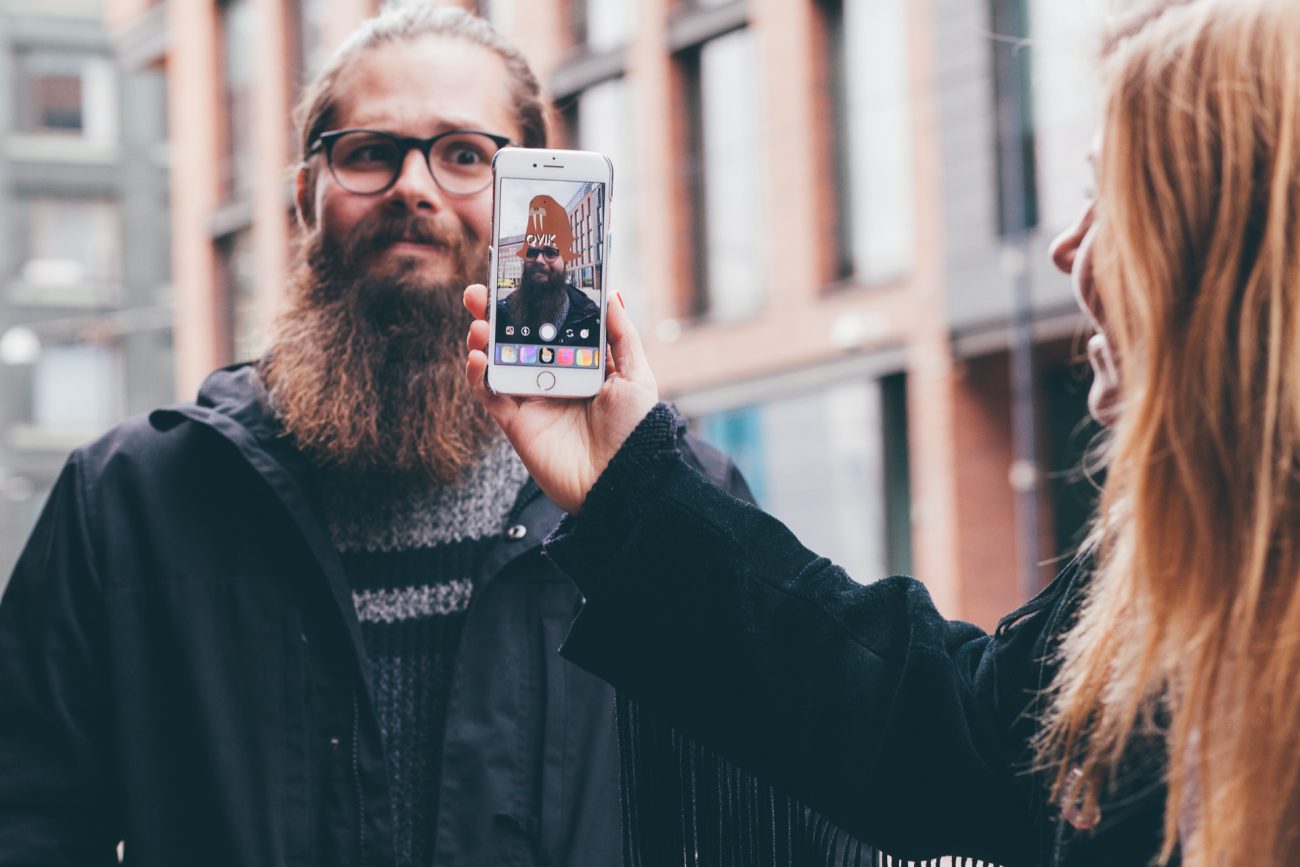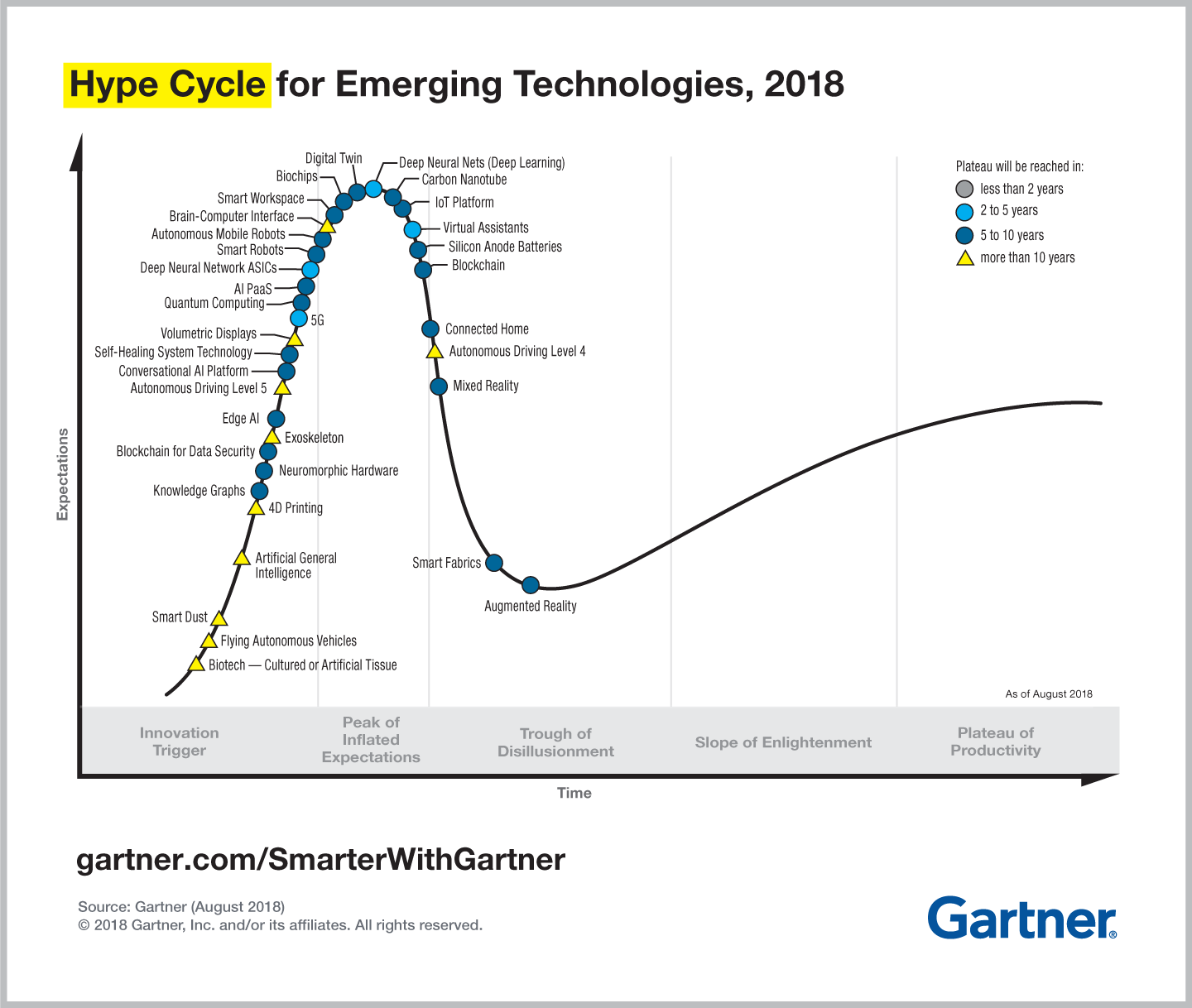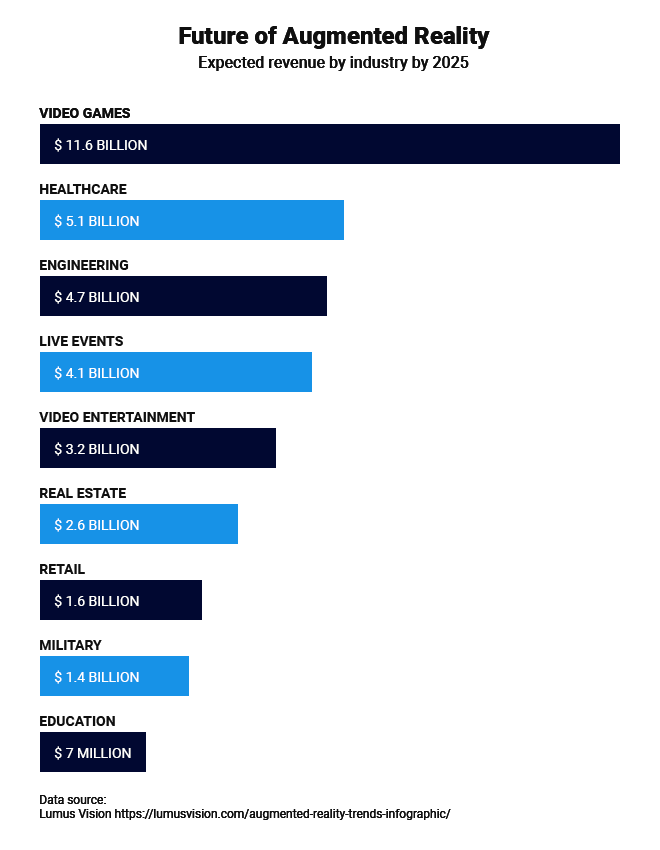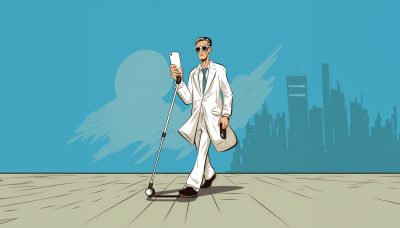
What’s AR good for?
AR was supposed to change our lives, but where are we now that the hype is gone? AR has been around for a while now but, for the average consumer, it’s still hard to list all those great AR solutions, maybe because… there really haven’t been that many. The biggest AR hit has been Pokémon, […]
AR was supposed to change our lives, but where are we now that the hype is gone?
AR has been around for a while now but, for the average consumer, it’s still hard to list all those great AR solutions, maybe because… there really haven’t been that many. The biggest AR hit has been Pokémon, but even that wasn’t really AR as much as markers on a map. Then of course, there are the filters we use in messaging apps, like this amazing Qvik Walrus Instagram filter created by our senior developer Eralp Karaduman. Also available as Facebook filter.

Wanna use the Qvik Walrus Instagram filter? Here’s one way to get it: 1. go to Eralp’s profile: eralpkaraduman 2. Tap the filter icon 3. Tap the text “Qvik walrus hat” on top left corner.
Other than that, where are all the amazing apps and services that this tech was supposed to fuel?
Well, there’s this thing called “The Hype Cycle” that provides a graphic representation of the maturity and adoption of technologies (see image). In this case, the high peak of the curve represents the time when AR came along and there were plenty of funny apps you could play around with while thinking about how awesome technology is and how “we must be living in the future”.
Then, to many of us, AR went silent. The apps didn’t solve any problems or give any actual value to users.

Image from Gartner’s blog.
But even though the hype died, AR went on to hone and polish itself, and is now rising again with a bunch of very promising applications.
Professional vs. commercial use
It seems most of consumer-oriented AR floats in the realm of gaming or marketing. For consumers, the best solutions are made for devices we already carry around in our pockets – that’s our phones. Android and iOS both have their own AR tools for developers. For Android, it’s ARcore and, for iOS, ARKit. For instance, ARKit 3’s new people occlusion in iOS 13 is a huge step forward.
Smart glasses of different kinds have popped up now and then but might not quite yet be ready for use in a few years. Also, there really isn’t any guarantee that people would want to start wearing glasses just because of AR anyway. Nevertheless, Microsoft and Philips are both developing wearable AR solutions.
Professionally, the biggest potential seems to be in different work-related tools that require suitable head gear. In many professions, workers are already wearing some form of headgear that could be fitted with a screen, like construction helmets. In other professions, headgear could easily be adopted to enjoy the benefits of an AR application.
For example, surgeons can’t use a tablet or phone while doing their job, but some kind of AR goggles could give them massive benefits, both in training and on the job. Health care seems to be a very promising market for these kinds of solutions. In fact, there are estimates that mark health care as the second biggest projected AR market by 2025 in terms of revenue, right after gaming.

Future of AR visualized according to Lumus Vision’s data. Image from mobidev’s site.
Usability needs polish
AR still has some issues when it comes to usability. With phones, it can be a strain to hold your device out for long periods of time, but the biggest usability issues probably still involve wearable gear.
Interacting with digital elements in empty space without any physical feedback is still a task that requires some work to become intuitive and comfortable for users. You can find a spot-on list of these usability issues in Antti Oulasvirta’s Twitter rant.
Nevertheless, there are situations in which your phone is very suitable for AR and some apps actually give value.
Here are the AR applications that I think are interesting and worth mentioning.
Google Lens and Google Translate
Google has a feature for their Translate app that uses AR to translate any text you point your camera at. It actually replaces the original text with the translation and even keeps the font and style of the original. This has been around for a while now, but still worth mentioning.
Imagine this feature in your smart glasses while travelling.
IKEA Place
Consider that you are redecorating your flat. Absolutely everyone would like to know whether that bright red sofa will look good in their living room or if it doesn’t quite go with the carpet before ordering and having to return it. IKEA solved this problem with their Place app, and they are not alone.
It’s easy to imagine the same kind of service for larger things, like houses.
Google and iOS Measure Apps
Since very few of us carry a tape measure in our pocket, it’s great to be able to use your phone to take a quick measurement. They can sometimes be very off, though, so if you’re planning something important, please verify with an actual tape measure.
Inkhunter
Being able to try your future tattoo on before inking your skin for life can be a very valuable service. The downside is that, in order for the app to know where to place the design, you have to draw a symbol on your skin with marker.
BBC Civilisations AR for iOS and Android
If you’re unable to travel the world and see historical artifacts yourself, you can now bring them to your home and inspect them from every angle, in scale or real size. I’m staring at an Egyptian sarcophagus on the office floor as I’m writing this, and I’m not tripping.
Night Sky and Star Walk 2 for stargazers
With Night Sky you can pull celestial objects straight into your living room and study them from any angle. Star Walk 2 is a bit similar, but it works for both iOS and Android. Among other cool things, it helps you learn constellations and lets you see what’s going on in the sky.



